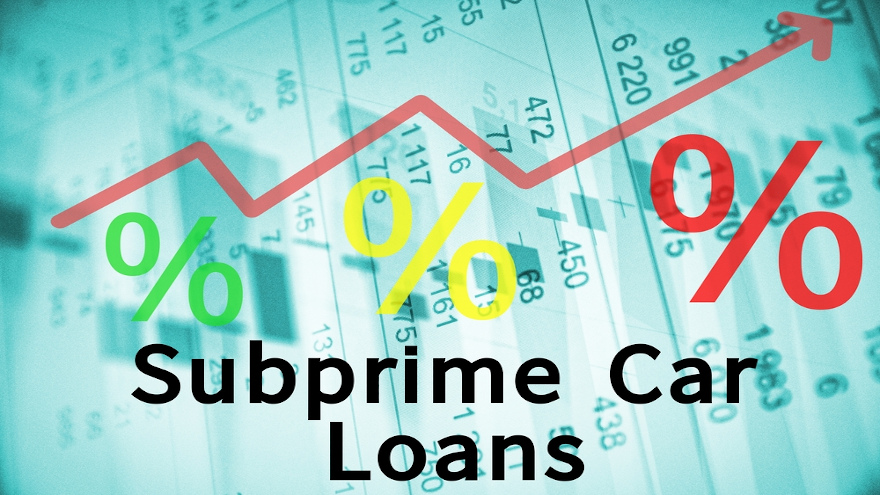Experian: The drop in subprime is not a cause for concern

At the onset of the pandemic, many industry pundits made comparisons to the Great Recession; though we quickly learned that the similarities were few and far between. The underlying causes and economic impact of COVID-19 are vastly different from those more than a decade earlier, yet some experts still find some of the trends in the automotive industry — which resemble trends in 2008 — a bit concerning; the most noteworthy being the decrease in subprime originations.
History might suggest that automotive lenders have tightened credit standards and pulled back on lending to the highest risk borrowers; all designed to mitigate potential losses down the road. But that’s not necessarily the case. We’ve actually observed a gradual decline in subprime originations since Q2 2015 — it’s not a byproduct of the pandemic.
According to Experian’s Q3 2020 State of the Automotive Finance Market, subprime and deep subprime originations accounted for 17.5% of the total automotive financing market, with overall volume for subprime dropping 17% and deep subprime 35%, compared to last year. Broken out by risk segment, during Q3 2020, subprime and deep subprime originations accounted for 15.19% and 2.34%, respectively.
There are myriad reasons for the gradual decline.
First, over the past few years, consumers have prioritized their financial health. More and more consumers are educating themselves on sound financial habits and ways to improve their credit standing. In fact, many have leveraged services like Experian Boost to incorporate alternative data, such as utility, telecom and streaming service accounts into their credit reports, which is helpful for consumers with limited credit history. We’ve seen these efforts have a substantive impact. The average credit score for a new vehicle loan in Q3 2020 was 725, up 11 points from Q3 2016. Meanwhile, the average score for a used vehicle loan was 665, up from 656 in 2016.
But, it’s not just the improvement in consumers’ financial position. Unlike more than a decade ago, when lenders had a surplus of high-risk loans in their portfolios, the reasons for the decline in the subprime market can also be attributed to declines in volume. Lower volumes of vehicle inventory and business restrictions minimized the opportunity for car shoppers across risk tiers to take out loans. Add to that, with high unemployment rates, some consumers (particularly those that fall within high-risk tiers) may not have been in the market for a vehicle.
Let’s also remember, there are options for subprime borrowers to secure financing. Amid the Great Recession, we saw lenders across the board become hesitant to take on additional risk. Consumers turned to specialists in subprime financing, such as buy-here, pay-here lenders and finance companies, particularly in the used market. In Q3, buy-here, pay-here lenders accounted for 7.9% of used financing, up from 7.4% a year ago, while financing companies accounted for 13.2%, down from 14.03% in 2019.
While lenders haven’t pulled back on subprime and deep subprime originations, we’re not suggesting that lenders shouldn’t be mindful of the risk in their portfolios. With the average loan amount for new and used vehicles continuing to increase, along with the unknowns that lie ahead, it’s important for lenders to understand the market and find ways to help make vehicles more affordable and manageable for car shoppers, while minimizing risk.
Making an informed decision built on data and trending insight, ensures that consumers will have available financing options and dealers and lenders can continue to move cars. The future is still uncertain, but the more we understand about the market, the better positioned we will be to move forward.
Melinda Zabritski is the senior director of automotive financial solutions at Experian.

 View The Latest Edition
View The Latest Edition

